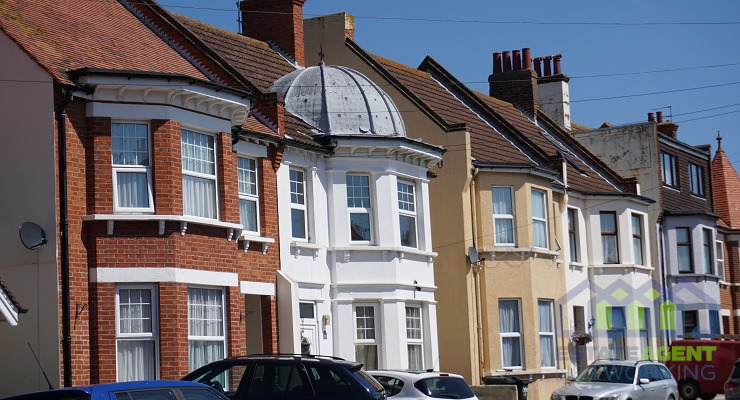What are the issues when buying a listed building?
Buying a family home is an important investment, but when the property in question is a listed building it’s wise to proceed with caution. There are many responsibilities and restrictions that go with owning and maintaining a beautiful and important piece of history – far beyond the care needed for a standard property – that you need to be aware of before you buy.
Before you do anything else, take professional advice from a specialist listed building surveyor to get a clear picture of the property you are thinking of buying, and use an experienced conveyancer to help you navigate any legal pitfalls.
What is a listed building?
A listed building is a property that has been placed on one of the UK’s statutory lists: Historic England, Historic Environment Scotland, Cadw (Wales) or the Northern Ireland Environment Agency. Buildings or structures are listed because they are judged to be of national importance in terms of their specific historic and/or architectural interest.
There are 3 levels of listing – Grade I, Grade II* and Grade II listed, depending on the significance of the building’s features. 92% of listed buildings fall under Grade II listing. By placing the building on the list, the entire structure (exterior and interior) is protected by law.
What does this mean for the homeowner?
It is important to understand that planning control is significantly stricter when it comes to listed buildings compared to standard properties. Listed building control is additional to any planning regulations that would normally apply. The noble intention is to prevent unrestricted alteration, extension or demolition of a listed building without the express permission of your local planning authority.
In practice, if you’re thinking of purchasing a listed building, any renovations or extensions will require Listed Building Consent. Rather than simply being a case of extra paperwork, it means that your options will be limited when it comes to choosing materials and carrying out building work.
You will be expected to use like-for-like materials and traditional techniques, while home improvements such as installing a new kitchen or bathroom may not be straightforward. Some degree of negotiation will be needed to reach agreement with your local Conservation Officer.
Be advised that it is a criminal offence to carry out work that requires Listed Building Consent without obtaining this beforehand.
What are the problems with listed buildings?
While it’s easy to fall in love with the appeal of a listed building, they can come with issues. Because of the age, architectural style and method of construction, structural problems and damp are common concerns among listed period properties that may be expensive to remedy.
This is where an in-depth listed building survey can be an invaluable tool to ensure you don’t buy a problem property. The survey should point out any expenses that you may wish to deal with before a commitment to purchase, including damp, dry rot, timber defects and insect infestation.
It can also include the thorny issue of previously unapproved renovations that constitute a breach of Listed Building Consent such as UPVC window replacements, removing or adding internal walls. While you may not be aware of the changes, a local Conservation Officer will certainly see them and, as the new owner, you will be responsible for returning the property to its original state – at your own expense.
Ill-informed maintenance
Ongoing maintenance in a listed building is a specialist job, not one for the DIY enthusiast. It is an unfortunate fact that many building problems can actually be caused by a well-intentioned but poorly informed homeowner rather than through any fault of the building.
Period wooden features, for instance, don’t take to contemporary chemicals very well; they can lock in moisture and lead to decay. Sealing gaps in brickwork with cement is another no-no. Old building need to be able to breathe, so that moisture doesn’t become trapped within the brickwork causing decay.
Think before you act – with the right advice, many building problems can be prevented from occurring.
Always consult the experts
Purchasing a listed building should be a well considered decision. If you’ve had a listed building survey carried out and there aren’t any pressing issues, there is no reason why you shouldn’t be able to enjoy your home for many years to come.
Regular maintenance is required with all buildings, and you may just find that your listed property is built to be stronger and warmer than many modern buildings and new builds, and won’t cost any more to look after.









